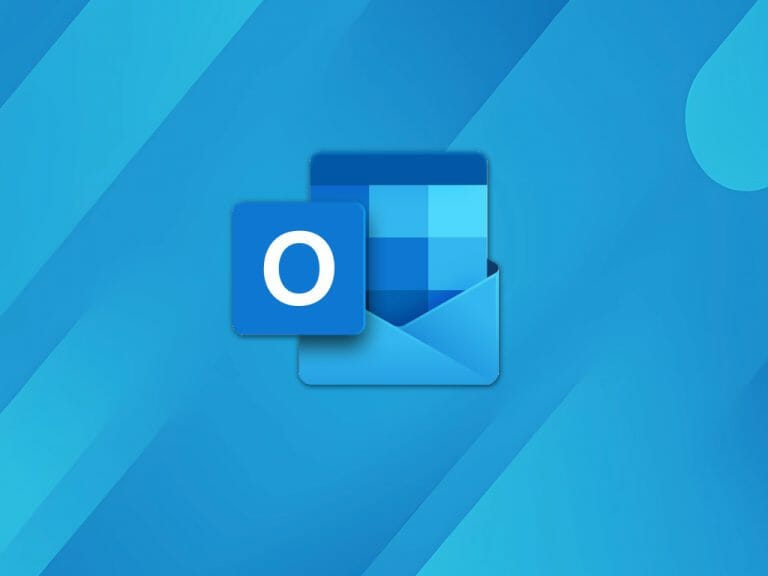Microsoft has announced the imminent arrival of a new feature for Outlook users: the long-awaited ability to retain declined events on their calendars. With this new capability, set to roll out globally in November 2023, managing schedules and maintaining a comprehensive overview of your activities is about to get a whole lot easier.
Upon activation in the settings, the feature will ensure that turned-down events no longer vanish into the digital abyss but instead persist on your calendar, the tech giant announced in a blog post.
How It Works:
Step 1: Enable the Feature
By default, the ability to preserve declined events will be turned off. However, you can easily enable it in either Outlook on the web or the new Outlook for Windows. In the settings, navigate to “Calendar,” then select “Events and invitations,” and finally check the box for “Save declined events.”
Step 2: Decline Events
Once the feature is enabled, you can start declining events or meeting invites with confidence, knowing that they will automatically be preserved on your calendar. This means you won’t lose track of any valuable information or context related to the event, and you can always revisit it whenever you need to.
Why This Feature Matters:
- Effortless Information Retrieval: Keeping declined events on your calendar ensures that you have quick access to event details, attached documents, and related chats. No more searching through cluttered emails to find that crucial piece of information.
- Actionable Insights: You can easily update your previous responses (RSVP) or forward the event to someone else if needed. This feature empowers you to take action on your declined events, whether it’s rescheduling or delegating to a colleague.
- Optimized Time Management: While retaining declined events, your calendar remains free, making it easier to schedule other appointments or tasks without overloading your agenda.
Scheduled for release in the latter half of November, the feature is poised to enhance the way users interact with their Outlook calendars.


